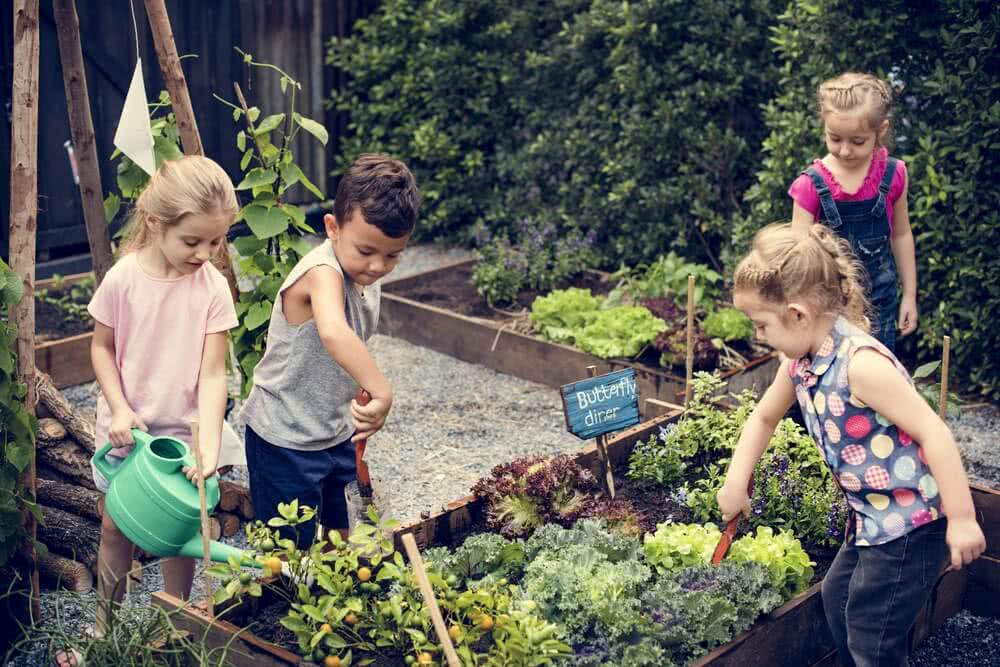Gardening is not only a rewarding hobby but also an excellent educational opportunity for children. Engaging in gardening activities teaches kids valuable lessons about responsibility, patience, and the natural world. From planting seeds to caring for plants, children can explore the wonders of nature firsthand while fostering a sense of connection to the environment. In this article, we’ll explore gardening activities specifically designed for children, including planting seeds, caring for plants, and creating mini-gardens or terrariums.
Planting Seeds:
Planting seeds is a simple yet impactful activity that introduces children to the concept of plant life cycles and the magic of growth. Start by providing children with a selection of seeds suitable for their region and climate. Encourage them to choose their favorite flowers, herbs, or vegetables to plant.
Next, prepare a small garden plot or containers filled with potting soil. Show children how to make small holes in the soil and gently place the seeds inside, covering them with soil and patting it down lightly. As they plant, explain the importance of sunlight, water, and nutrients for seed germination and growth.
Caring for Plants:
Caring for plants teaches children important lessons about nurturing and responsibility. Encourage children to water their plants regularly, ensuring that the soil remains moist but not waterlogged. Teach them to observe their plants closely, looking for signs of growth, health, and any potential problems such as pests or disease.
Additionally, involve children in other aspects of plant care, such as pruning, fertilizing, and repotting as needed. Explain the importance of proper care in helping plants thrive and produce flowers or fruits. Through hands-on experience, children develop a deeper appreciation for the interconnectedness of all living things.
Creating Mini-Gardens or Terrariums:
Mini-gardens and terrariums provide children with an opportunity to unleash their creativity while learning about ecosystems and plant habitats. Start by gathering small containers, such as glass jars, plastic bottles, or shallow trays. Help children fill the containers with layers of gravel, activated charcoal, potting soil, and moss, creating a suitable environment for plant growth.
Next, invite children to select a variety of plants, including succulents, ferns, or miniature flowers, to populate their mini-gardens or terrariums. Encourage them to arrange the plants creatively, considering factors such as height, color, and texture. As they design their miniature landscapes, discuss the importance of balance and harmony in creating thriving ecosystems.
Once the mini-gardens or terrariums are complete, teach children how to care for their enclosed ecosystems. Explain the concepts of water cycles and humidity, demonstrating how to water the plants sparingly and maintain the moisture levels within the containers. Encourage children to observe their mini-gardens or terrariums regularly, noting any changes in growth or appearance.
Gardening activities offer children a wealth of opportunities for learning, exploration, and creative expression. By planting seeds, caring for plants, and creating mini-gardens or terrariums, children develop valuable skills in responsibility, patience, and environmental stewardship. Moreover, gardening fosters a sense of wonder and curiosity about the natural world, inspiring children to connect with the beauty and diversity of plant life around them. As they cultivate their gardens, children not only nurture plants but also cultivate their own growth and development, laying the groundwork for a lifelong appreciation of nature.

